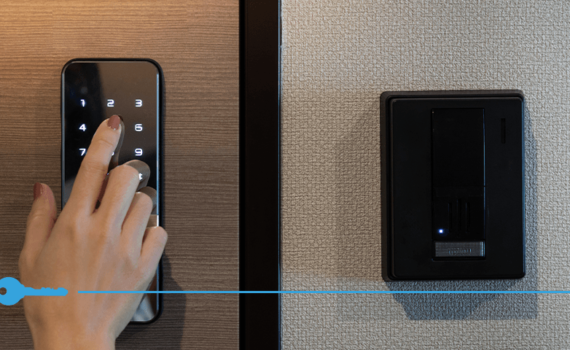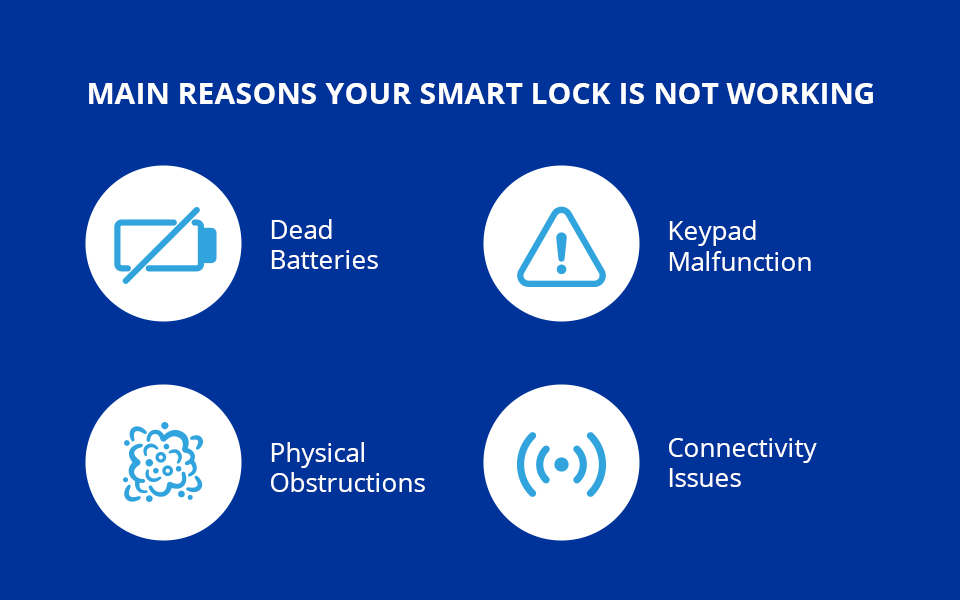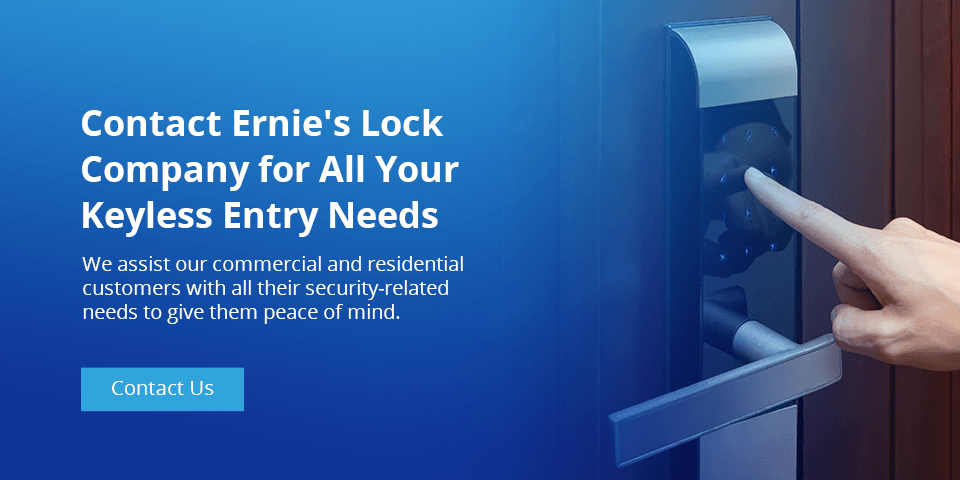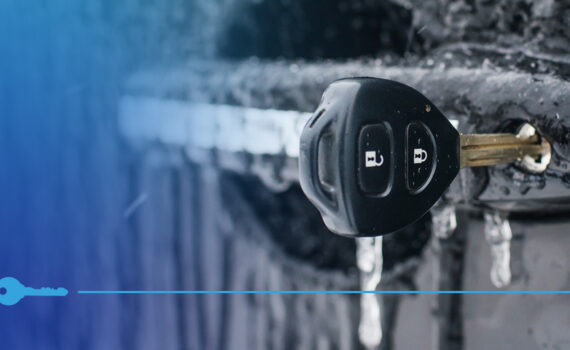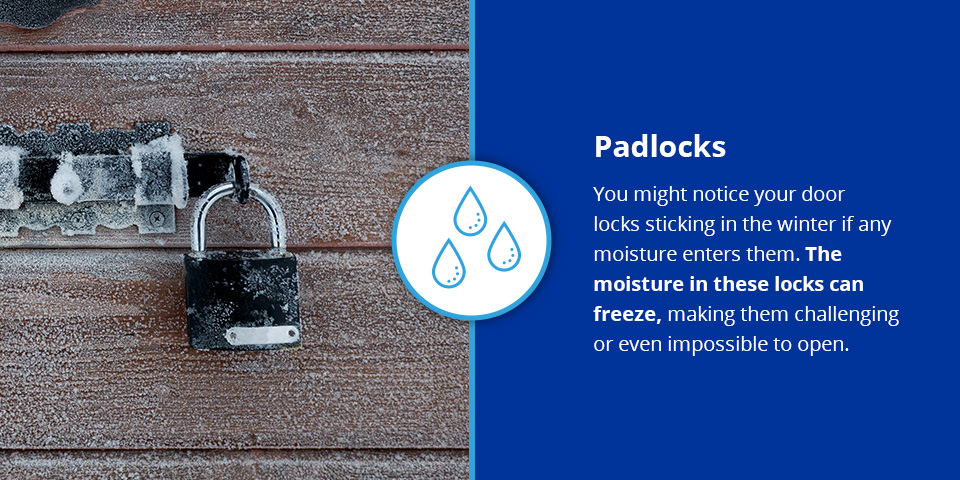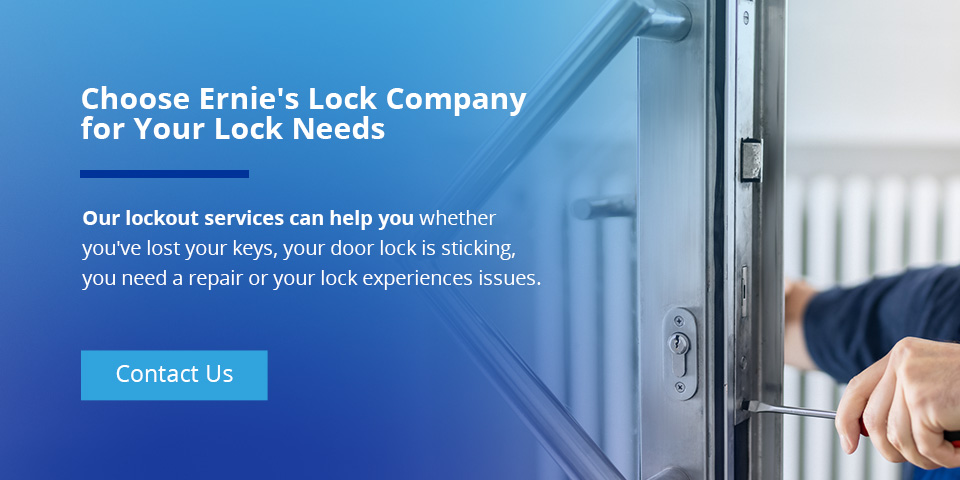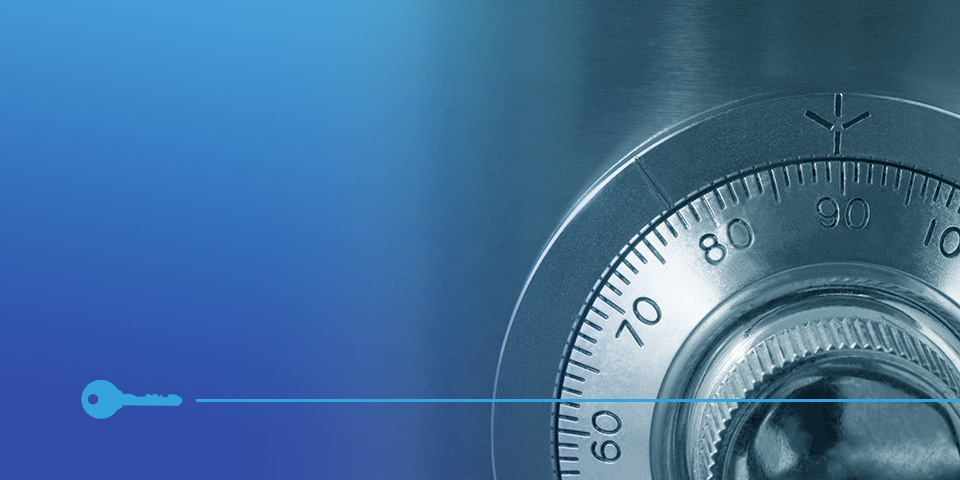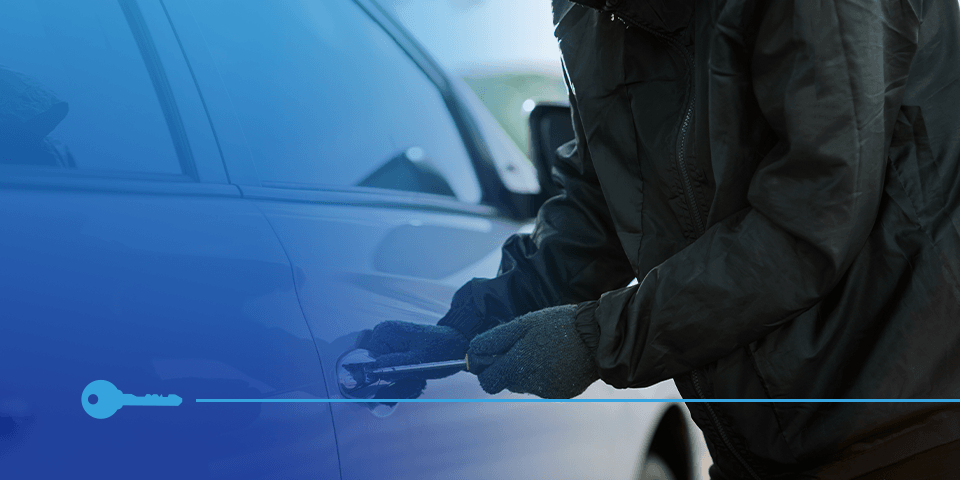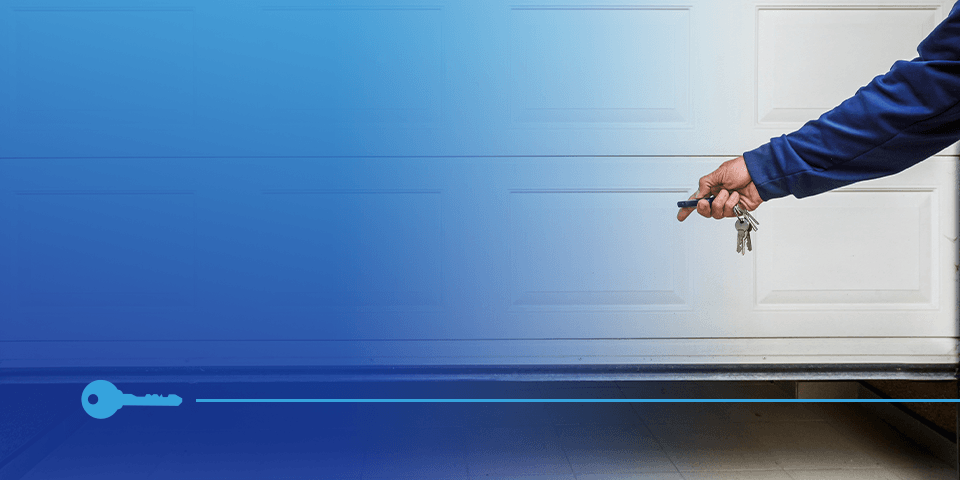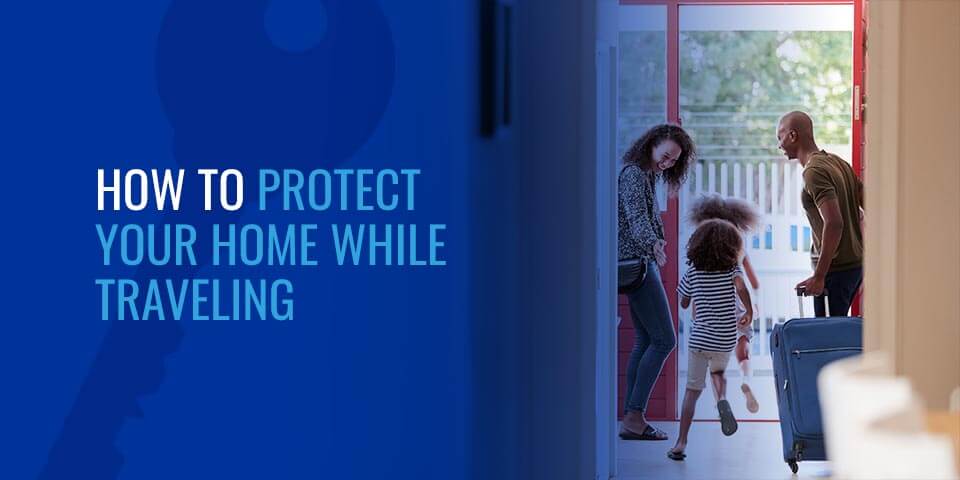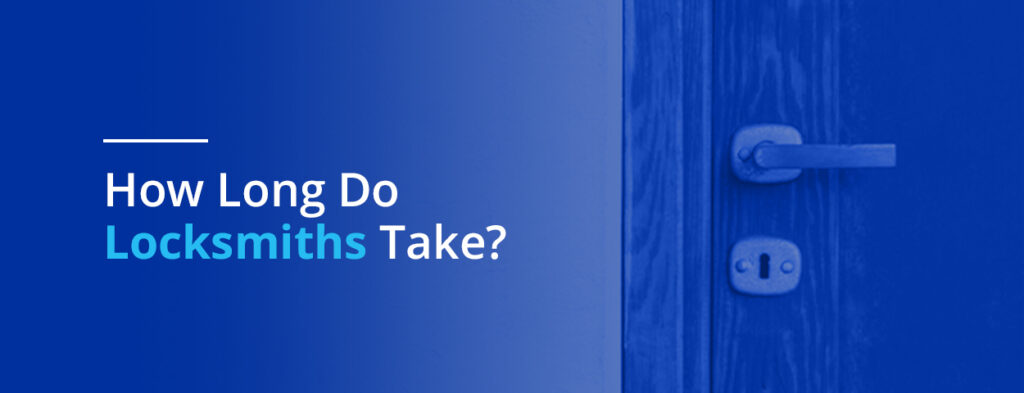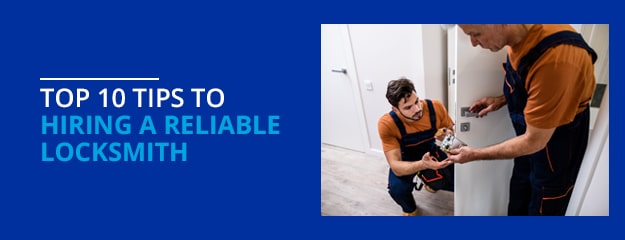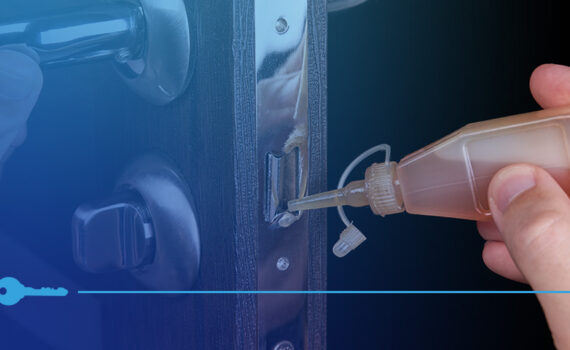
Door Lock Maintenance Tips
Locks secure your home or business, which is why it is essential to keep them in working order. One way to do this is by prioritizing door lock maintenance.
At Ernie’s Lock Co., we provide a wide range of lock services, including inspection, maintenance and repair. Having a professional locksmith check your locks from time to time keeps them functioning properly and your belongings safe.
Signs You Need Door Lock Maintenance
There are certain signs that indicate you might require a qualified professional to maintain your door locks, such as:
- Scruffs on the floor areas where your door catches
- Deadbolts or latches not aligning with the strike plate
- The door not closing all the way
- Hinges producing creaking sounds
- Difficulty turning the key in the lock
How to Maintain Door Locks
At Ernie’s Lock Co., we understand how essential it is to have door locks working properly, so we offer our customers reliable lock maintenance services. Here are some of our top tips to keep your lock in functional condition:
Lubricate your locks periodically
To ensure that all parts are moving smoothly, you should lubricate door locks at least once a year, preferably using a water-based lubricant. Spray the lubricant inside the keyway, push your key in and remove it several times.
Clean the locks properly
Door locks are in constant contact with elements like dirt, grime and dust, and cleaning them prevents unwanted buildup. Cleaning should be done every few months, and you can use warm water and a soft washcloth. Target prime areas like the latch, deadbolt, hinges, strike plate and keyway.
Handle your door the right way
Taking reasonable care of your door and its locks keeps it sturdy and allows you to extend its life. Avoid using unnecessary force when opening and closing doors, such as slamming them shut or banging the lock. From the onset, you should also hire the services of a professional to guarantee your door lock is installed properly.
Take care of your keys
Pay attention to how you use the key on your lock. Be gentle and avoid forcing it in or pulling it out when it is inside the lock. If you lost your keys or your home was broken into, consider lock rekeying services.
Align the door’s strike plates
Strike plates that are not placed properly can cause a door to stand crooked, making movements harder. If you notice this issue, you can tighten the screws or use a file to straighten out the wood that is in the way.
Use professionals for repairs
Although door lock repairs and replacements may seem easy to tackle, it is best to have an expert take care of them for the best outcome. A qualified locksmith will take the most effective approach to fixing your door problems and prevent further issues in the future.
Benefits of Regularly Maintaining Your Door Locks
Routinely maintaining your locks is important for several reasons, including:
Longevity
Extend the life span of your lock.
Cost savings
Identify issues early on and fix them before they escalate into bigger, more expensive problems.
Security
Prevent unauthorized access by keeping your lock in top shape.
Ease of use
Keep your bolts moving smoothly and keys turning effortlessly.
Stick to Your Routine Door Lock Maintenance
Routine door lock inspection and maintenance are essential to keeping your locks performing optimally. You can take a proactive approach and have experts service your locks to keep them functioning for longer.
Ernie’s Lock Co. provides high-quality lock and key services for residential and commercial properties in Maryland. Contact us today to connect with a professional locksmith.

